What is the most insidiously evil product ever devised?
Ralph Nader might claim it's this one, although he's a bit kooky and the book he wrote on this product, which vaulted him to fame & fortune, is based on questionable analysis:
TheRaven thinks that while video (may have) killed the radio star, TV is definitely hypnotizing the developed world into ultimately deadly inactivity. What is the #1 enabler of slow, sedentary death? Some examples:
A piece in the New York Times tosses TheRaven's old nemesis into our candidate pool. It turns out that some high-ranking military officials also hold this product in contempt. Here's an example of how otherwise intelligent people are led astray by the seductive charms of PowerPoint:
Click image to see full-size (you don't want to miss this)
Quoth Marine General James N. Mattis: “PowerPoint makes us stupid”
Brig. Gen. H. R. McMaster says “It’s dangerous because it can create the illusion of understanding and the illusion of control”
(Click the image to see what General Stanley McChrystal has to say)
The overall concern among senior military staff is that PowerPoint "stifles discussion, critical thinking and thoughtful decision-making".
T.X. Hammes wrote a withering attack on PowerPoint which was published in the Armed Forces Journal (http://www.afji.com/2009/07/4061641). He rightly disparages PowerPoint as a decision support tool and provides context by noting its value is as an instruction tool, drawing a clear line between the needs of decision-makers and those of students: It can be useful in situations it was designed to support — primarily, information briefs rather than decision briefs. For instance, it is an excellent vehicle for instructors. It provides a simple, effective way to share high-impact photos, charts, graphs, film clips and humor that illustrate a lecturer’s points. Here, the bullet can function as designed by providing a brief, simple outline of the speaker’s material that facilitates note-taking and even (one hopes) student retention. Yet even in a classroom setting, it is not appropriate for developing a deep understanding of most subjects. For that, additional reading is required. There is a reason students cannot submit a thesis in PowerPoint format.
An article appearing in the Small Wars Journal (http://smallwarsjournal.com/blog/2009/07/print/draft-draft-draftpowerpoint-1/) cites a leading expert: Dr. Edward Tufte of Yale University, an expert on information presentation who has participated in the accident investigation of both Space Shuttles, wrote extensively on the misuse of PowerPoint slides in NASA during the accident investigation board. Tufte had considerable issues with one slide in particular. The slide shows a huge contradiction between the title, in large font, and the actual text of the bullet-points, which is in small text. The title of the slide downplays the extent of the potential damage to the Space Shuttle, while the small text in the bullets however, indicate that the damage to the shuttle could potentially be significant, which it was. Tufte notes that, as information was passed up the chain, important details were omitted—details which stressed the potential for extreme damage to the Columbia’s wing, and ultimately, resulted in its destruction upon re-entry into Earth’s atmosphere.
Notes Tufte: "As information gets passed up an organization hierarchy, from people who do analysis to mid-level managers to high-level leadership, key explanations and supporting information is filtered out. In this context, it is easy to understand how a senior manager might read this PowerPoint slide and not realize that it addresses a life-threatening situation. At many points during its investigation, the Board was surprised to receive similar presentation slides from NASA officials in place of technical reports. The Board views the endemic use of PowerPoint briefing slides instead of technical papers as an illustration of the problematic methods of technical communication at NASA".
The report on organizational causes of Columbia's failure (http://anon.nasa-global.speedera.net/anon.nasa-global/CAIB/CAIB_lowres_chapter7.pdf) notes that: "...at every juncture....the Shuttle Program's structure and processes, and therefore the managers in charge, resisted new information." PowerPoint only served to exacerbate NASA's dysfunctional management culture and lives were lost as a direct result.
TheRaven concludes that while TV remote controls are killing us slowly, PowerPoint's corruption of critical decision-making qualifies it as a truly evil product, exemplified by its contribution to epic American disasters. If your decision-making process relies on PowerPoint presentations, beware.
The Times article is here: http://www.nytimes.com/2010/04/27/world/27powerpoint.html?scp=1&sq=powerpoint&st=cse














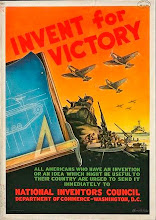


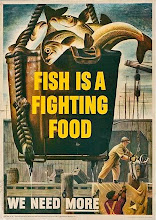
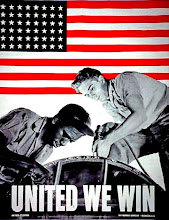




+breed+danger+6x8.jpg)
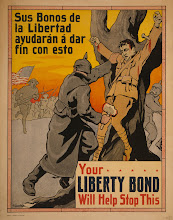


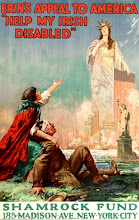




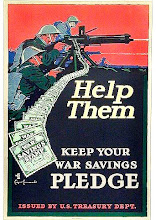


+5x7.jpg)


That Afghanistan slide proves the opposite point. I don't think I've seen a better illustration of how FUBAR the situation there is than the borderline indecipherable mess on display. In that sense PowerPoint is providing a great service to our country.
ReplyDelete